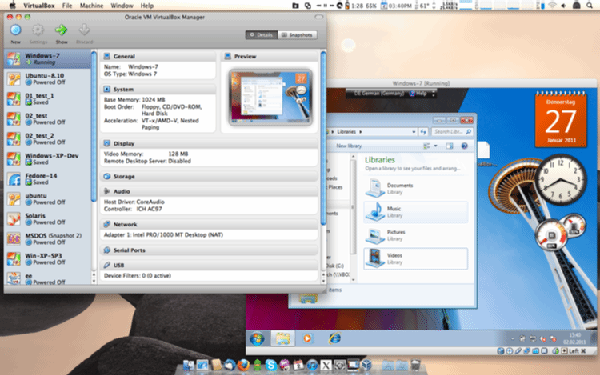

- #Mac os x odbc manager for mac os
- #Mac os x odbc manager install
- #Mac os x odbc manager driver
- #Mac os x odbc manager full
- #Mac os x odbc manager download
unixODBC includes the command line tool isql which is a lot like tsql. In the debugging section I’ll comment more on using isql.įor what it’s worth, the current version as of this writing is freetds **Comes along with FreeTDS. The command line tool tsql comes with FreeTDS. The +odbc bit installs unixODBC and the +mssql and +universal bits are totally mysterious to me.
#Mac os x odbc manager install
I ultimatly installed FreeTDS using the following Macports command: sudo port install freetds +mssql +odbc +universal
#Mac os x odbc manager driver
And make sure you log in using the same credentials which you want to use elsewhere.įreeTDS: This is the driver which sits between the Mac ODBC layer and MS SQL Server. SQL Server: Make sure you can log into SQL Server from a windows box on the same network which you are ultimately trying to connect from. The installing process should look something like the following: Until we get all red in the face and take a step back. Of course in real life we just flail, randomly try things, and cuss a lot. It’s pretty obvious that when debugging something not working we should move through each piece and make sure each little chunk works before going to the next piece. So the things I describe below are highly biased to Macports, but much of it is highly applicable to any install method. Yes, I know Homebrew rocks and yada yada yada, but I’m not currently using Homebrew. Keep in mind that for better or worse, I’m using Macports and in some ways I really like letting Macports do the installation of things. But when I started I didn’t even understand how the pieces fit together. The diagram above shows the sort of stack I now have working. Here’s some things I didn’t understand until I fought with them for a day. So enough about why I was banging my head against the Mac ODBC wall. In addition to Python, I need to talk to corporate servers which happen to be Microsoft SQL Server. So I’m now trying to play nice with the Python guys. As part of me changing roles at the company I work for, I’ve joined a team where everyone else uses Python. At that point I was R running on Linux and soon R running on OS X. I had abandoned MSSQL more than a year ago in favor of PostgreSQL because of how much easier it is to work with PostgreSQL from a non-Microsoft stack.
#Mac os x odbc manager full
This typically gets very large based on the size of your queries, so you might want to delete the contents periodically.I just spent nearly two full days in a bare knuckle brawl with my Macbook Pro trying to get it to talk to a corporate MS SQL Server. *Please change the path of the log file if you would like it to save it somewhere easily accessible.

When you are in the file with the vi editor, add the following text: ĭumpFile = /usr/local/Cellar/freetds/1.1.5/freetds.log You also need to modify odbc.ini with: $ vi odbc.ini To exit without saving, hit ESC and type :q To save the changes to the file type ESC and then :wq to save and exit the file. Then insert the following text in the file: ĭriver64 = /usr/local/Cellar/freetds/1.1.5/lib/libtdsodbc.so Once you are in the file with the vi editor, type I for insert. To modify the first file, enter: $ vi odbcinst.ini You can modify the odbcinst.ini and odbc.ini files that are installed with the FreeTDS within this directory. To confirm that the nfig file is here, you can type ls in the command line to see the folder’s contents. Then navigate to the folder that stores your nfig file by typing: $ cd /usr/local/etc To setup unixodbc, you will need to find where the libtdsodbc.so file is stored. *Please enter your Net ID in place of and the appropriate path to the FreeTDS. When you are connected through Northwestern VPN, you can test the SQL login with: $ /usr/local/Cellar/freetds/1.1.5/bin/tsql -S -U 'kellogg\' Let’s assume this is your path: $ /usr/local/Cellar/freetds/1.1.5 The path to the folder that contains the FreeTDS files will be displayed during the brew install. Now check to see where the FreeTDS is installed on your computer. If you receive an error message with the first command, try: $ brew install freetds To install FreeTDS, enter: $ brew install freetds -with-unixodbc This can be done by typing the following in the command line: $ brew install unixodbc Once Homebrew is installed, use the package manager to install a unixodbc driver.
#Mac os x odbc manager for mac os
You can do so through Homebrew (a package manager for Mac OS X).
#Mac os x odbc manager download
To establish an ODBC connection to KDC02, you will need to download and build FreeTDS.


 0 kommentar(er)
0 kommentar(er)
